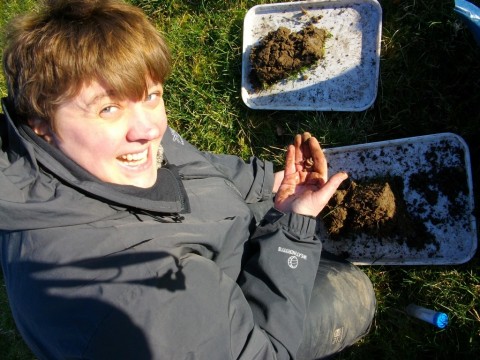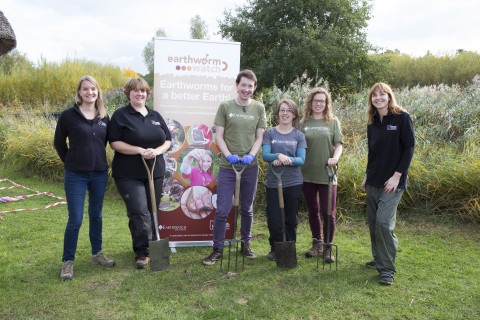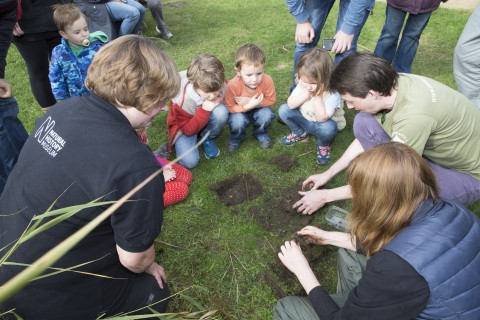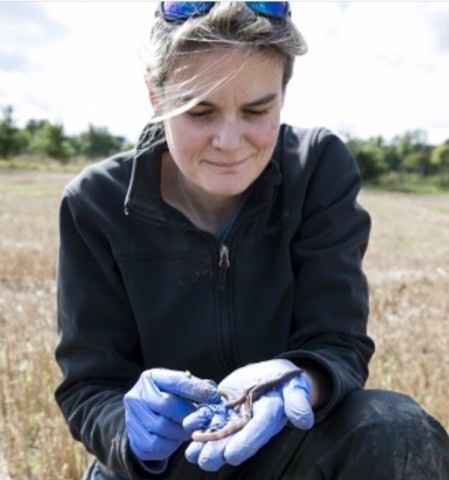I’m Anthony, I’m the Community Engagement Coordinator for Earthwatch Institute and I was delighted to attend ‘Science Uncovered’ for the first time at Manchester University Museum to promote ‘Earthworm Watch’ to A Level students, families and adults. Having previously been involved with ‘Science Uncovered’ or European Researcher’s Night as it is otherwise known at the The Natural History Museum as a Science Educator it was brilliant to be involved.
Manchester University Museum was actually designed by the same architect Alfred Waterhouse who designed The Natural History Museum in London. The original collections were managed by the city’s Natural History Society, but later were transferred in 1868 to Owens College which later became The University of Manchester. The new museum was opened to the public in 1890, 9 years after the London museum. The event attracted over 450 people who came to learn about the innovative regional and national research being undertaken both by The University of Manchester and external research organisations such as Cancer Research UK and Chester Zoo.
I spent much of the evening on my information stand talking about why earthworms are important for our soils and the research questions behind the project. These include mapping the diversity and abundance of earthworms, understanding their ecosystem benefits for soil health and the wider environment and their ability to store soil carbon. I also was asked to deliver a short ‘lightning talk’ about the project and spending time chatting with visitors on the Science Bar which was really good fun and they asked some very good questions.
Earlier in the day, I undertook some sampling for earthworms on one of the lawn and allotment outside the museum and close to the University of Manchester campus. It turns out that the lawn I had chosen was in front of one of a building once inhabited by the brilliant Alan Mathison Turing, famed for his work at Bletchley Park in breaking the WW2 Enigma code featured in the recent ‘The Imitation Game’ film. Turing was reader in Mathematics at the University between 1948-1954. The allotment also had a productive number of earthworms too, which considering it was in such an urban area, was encouraging.





